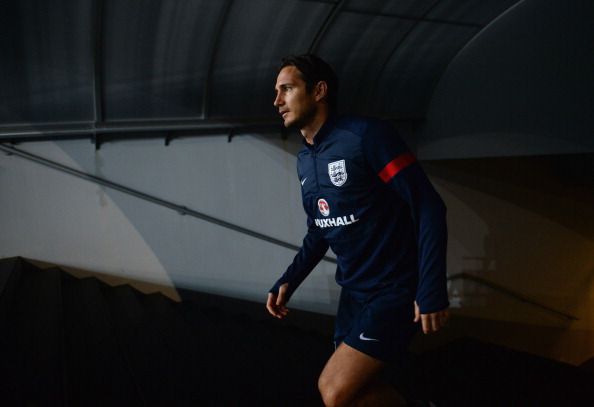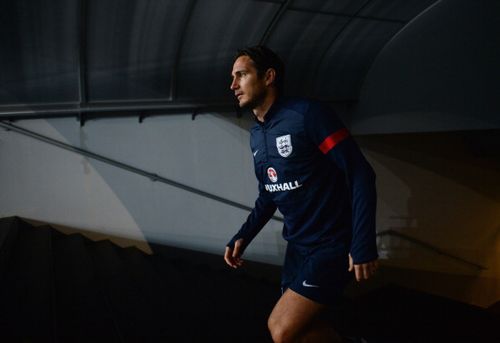
Frank Lampard - A hundred caps and still standing

Frank Lampard
Frank “the wonder-boy” Lampard – a proud member of what is truly an exclusive club of English gentlemen (more or less), who have had the honour of turning out for their countries a century of times.
The nerves tingle as one attempts to put into words what this man has brought to world football over the course of what can only be described as a remarkable career; Andy Gray’s excited yelps ringing in my ear as I imagine him letting fly in the way only Frank Lampard can. Among the current crop of players plying their trade in the wonderful world of the English Premier League, it is only perhaps his Chelsea captain John Terry, England captain Steven Gerrard, and the age defying Ryan Giggs, who evoke such passionate and deep-lying loyalty from their respective supporters.
In fact, with the exception of the much maligned Terry (and whose fault is that; by the way?), the other three names command almost unparalleled respect and admiration from supporters across the country, and indeed from connoisseurs of the game the world over. I would go so far as to say that amongst this exalted company of names Lampard finds himself in – he remains the most feared by his peers today, simply because of his consistency and continued ability to influence the game where it matters the most; a true box-to-box midfielder in every sense of the word, a master in the modern game.
For all his exploits as a Chelsea player, the story of Frank Lampard’s England career is the story of England’s wasted, and much-vaunted “golden generation”. Being English is apparently the worst thing that can happen to you as an international footballer – just ask David Beckham. In fact, the former Manchester United winger is the poster boy for the love-hate relationship that the English have with their footballing heroes – with the press playing no small part in unifying public opinion against the players, as and when it suits them (but that’s a story for another time).
As it is, international football is a whole other ball game – with roles not quite so clearly defined, and the team itself not quite on the same plane. It is hardest for those who own the limelight for their respective club sides in creative positions – and it is here that we come to the topic most discussed(except for metatarsals, anyway) both in dingy pubs and corporate boardrooms across that country – Gerrard’s and Lampard’s bumbling ways in the center of the park.
A little insight would suggest that considering Gerrard’s adeptness at a more defensive role (one he revels in today at Liverpool), it should have been Lampard who got the license to operate in the center as he is accustomed to at Chelsea. But the Liverpool man’s majestic displays for his club side have somehow always overshadowed the Chelsea man’s own sizable contributions to his team’s cause. And when Stevie G was inexplicably asked to play on the left flank (far more times than he should have – thank you, Fabio Capello), he lost interest quickly and tended to drift into the center. On the few occasions we have seen the two combine – with Lampard further up the field – they’ve been decent enough, but hardly inspiring.
One can never really put a finger on why some partnerships click and others don’t – Yorke and Cole exploded onto the scene for a while at Manchester United, while despite being branded as “too similar” by all manner of football pundits, Rooney and Tevez enjoyed a sizzling chemistry, at least until the mercurial Argentine lost faith in Sir Alex.